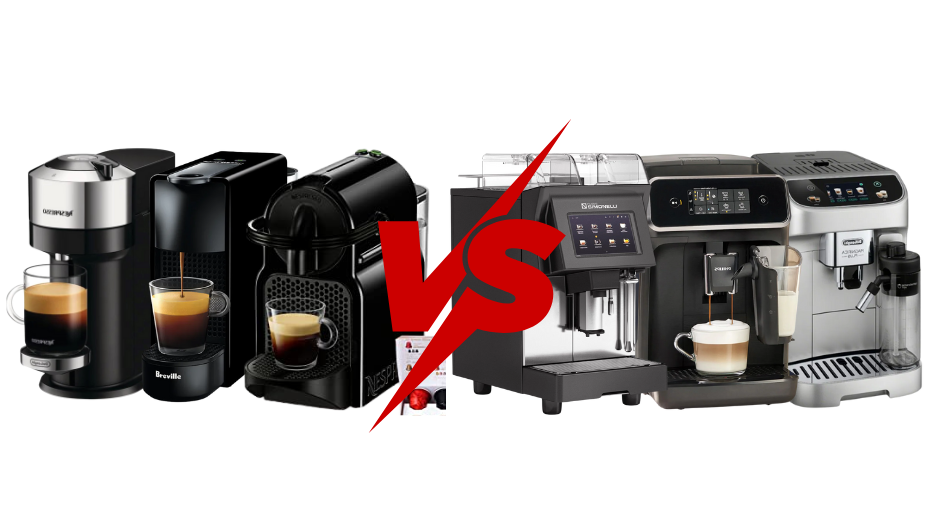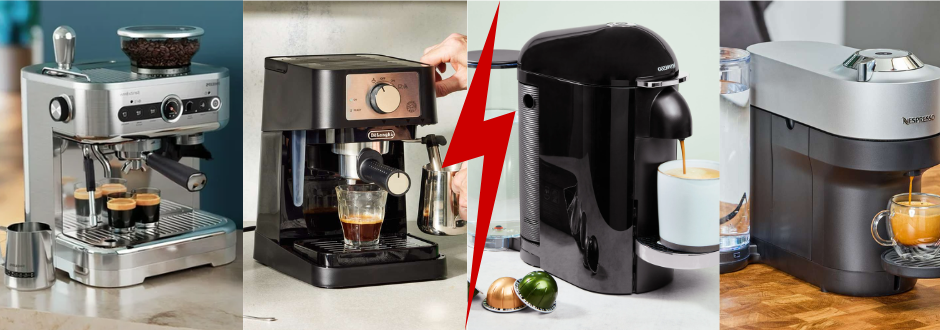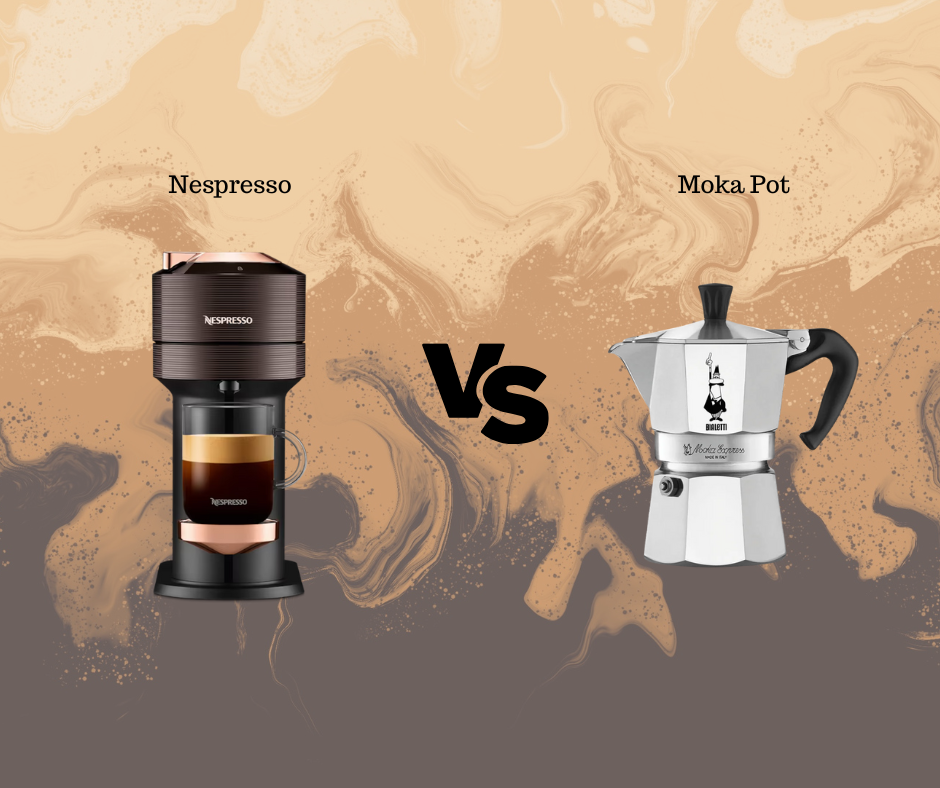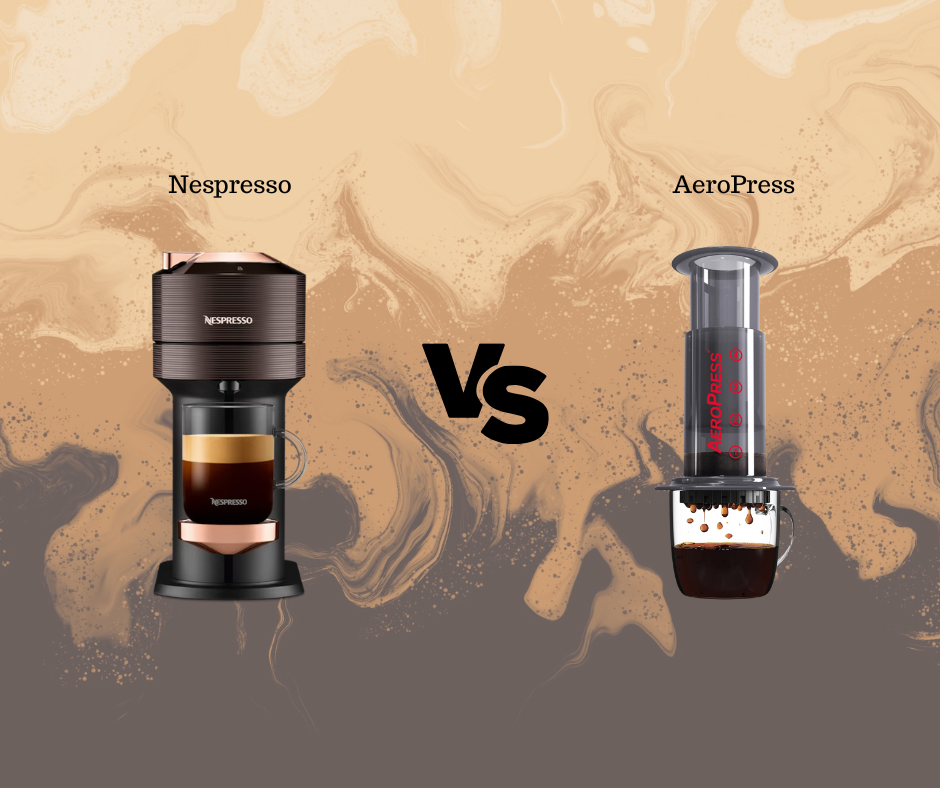In the espresso world, one of the most debated topics is whether to use single origin beans or a blend. Purists argue that single origins showcase purity and terroir, while traditionalists insist blends provide balance and consistency. So, which is better for espresso? The answer depends on your goals, whether you’re crafting a nuanced straight shot or a latte for a customer who wants bold and chocolatey.
In this guide, we’ll break down the differences, use cases, flavor impacts, and pros and cons of single origin vs blend espresso.
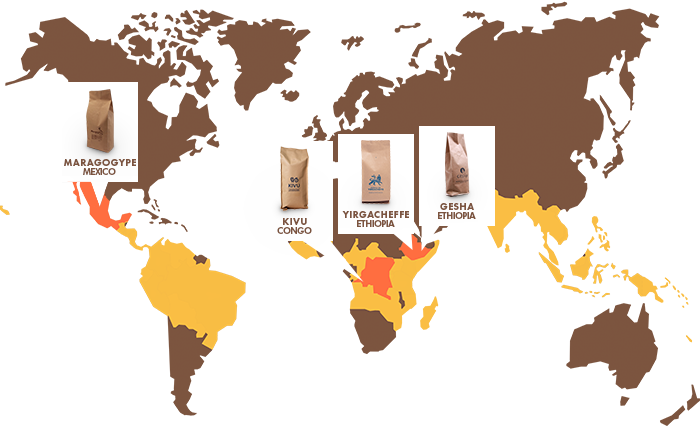
What Is Single-Origin Coffee?

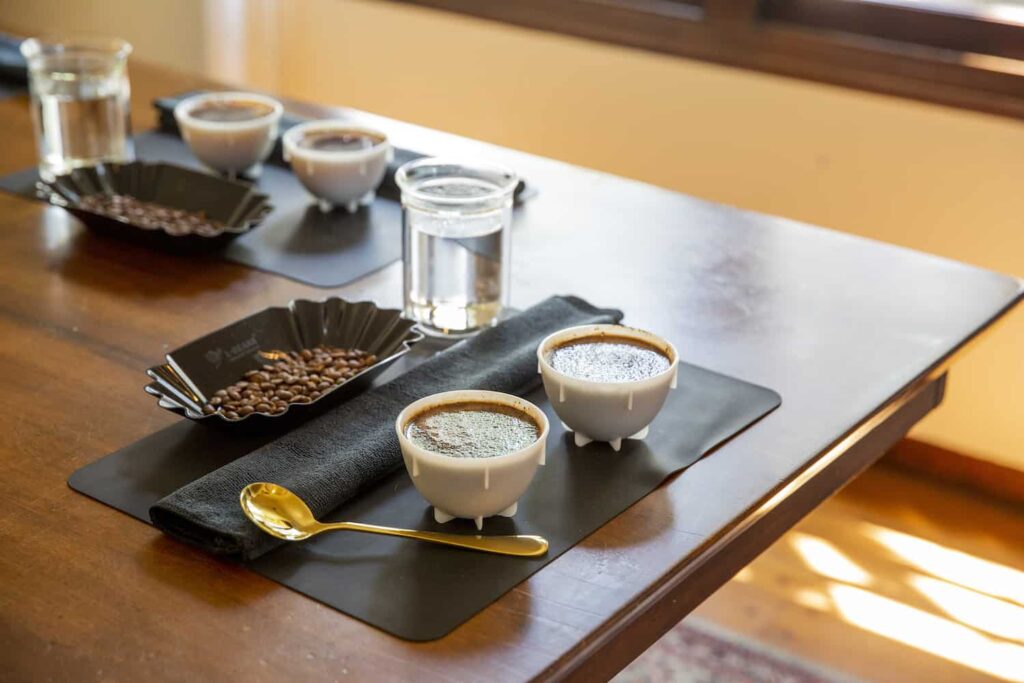
Defined by Geography and Transparency
Single-origin coffee comes from one specific farm, cooperative, or region—sometimes even a single lot. This traceability allows roasters to highlight the unique flavor profile that terroir, altitude, soil, and varietals contribute.
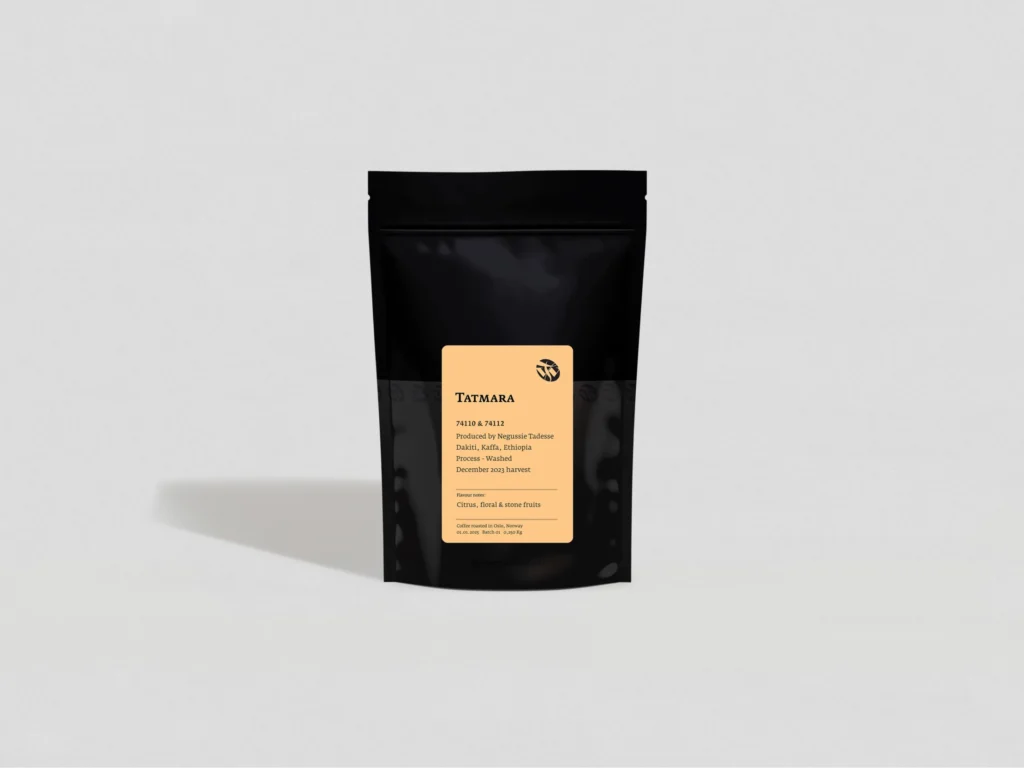
What It Offers in Espresso
• Bright acidity
• Unique flavor complexity
• A clear expression of origin
• Often lighter in body
What Is a Coffee Blend?
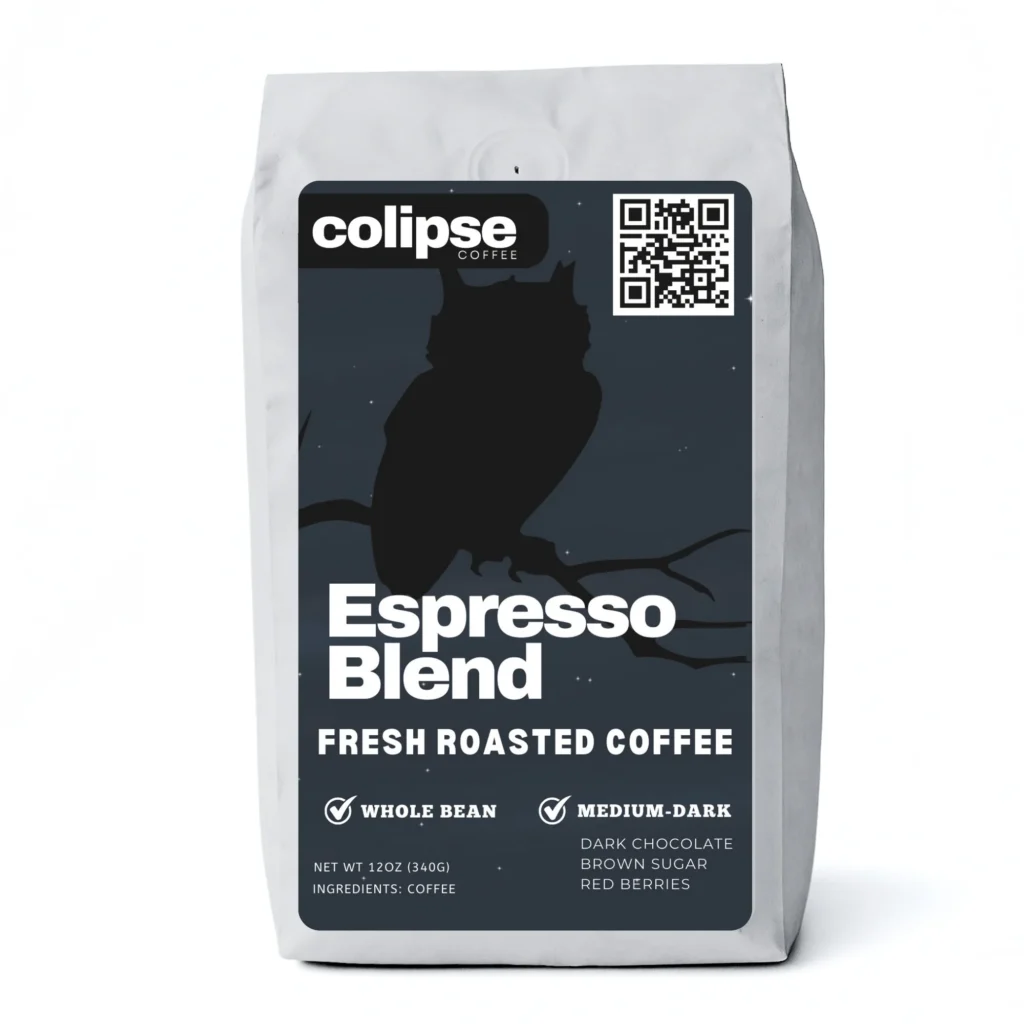
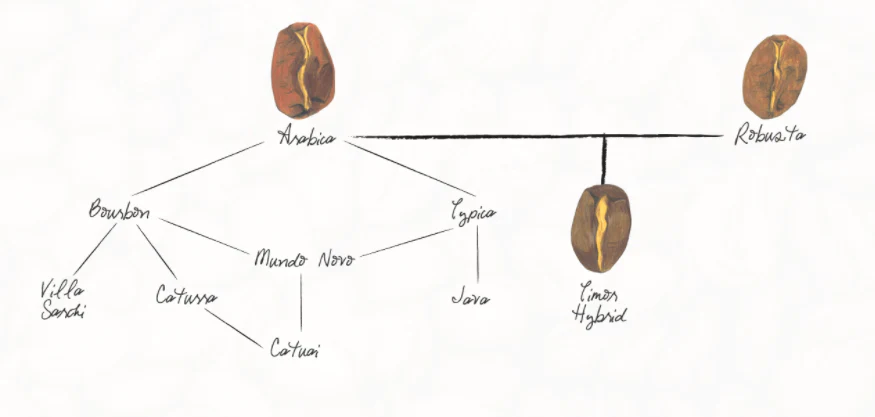
Designed for Balance and Consistency
Blends combine beans from multiple origins—often 2–4—to balance acidity, body, sweetness, and bitterness. They’re typically roasted with milk drinks in mind.
What It Offers in Espresso
• Full-bodied and chocolate-forward
• Consistent flavor year-round
• Lower risk of overwhelming acidity
• Easier to dial in for all brewing environments
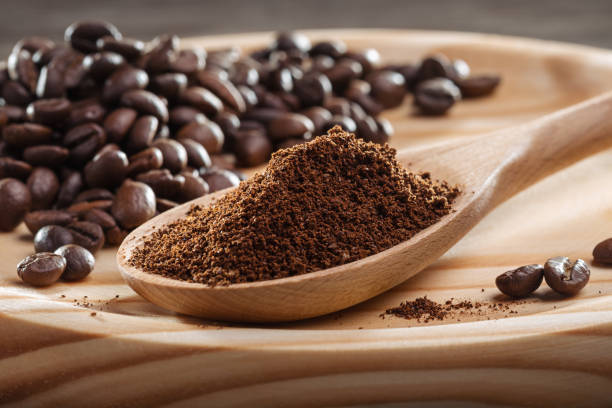

Single Origin vs Blend Espresso Flavor Profiles: What to Expect
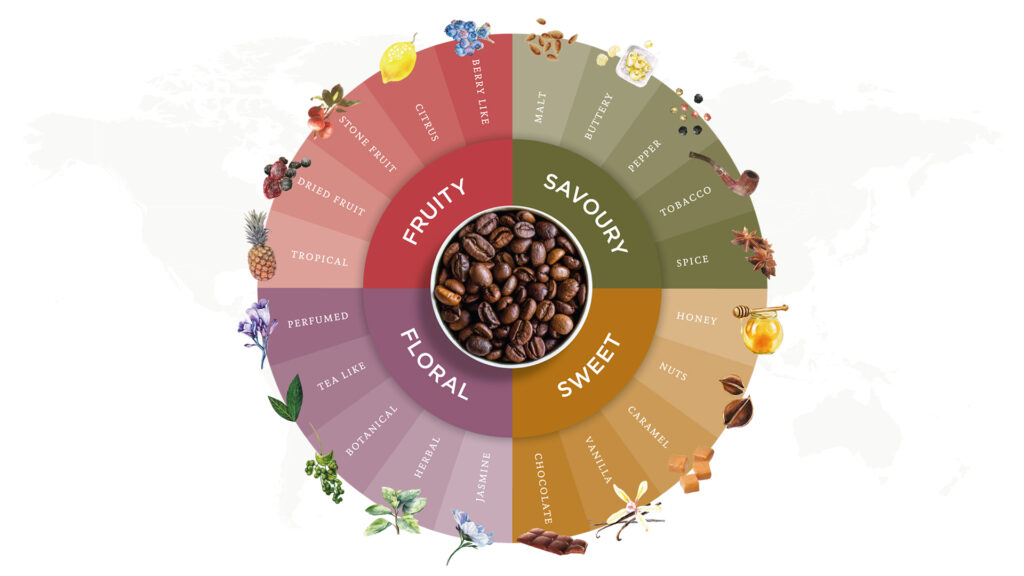
Single-Origin in Espresso
- Notes: fruit, florals, bright acidity
- Mouthfeel: clean, tea-like or juicy
- Best for: black espresso lovers, flavor exploration
Blends in Espresso
- Notes: chocolate, caramel, toasted nuts
- Mouthfeel: creamy, heavy
- Best for: milk-based drinks, daily drinkers
Roasting Strategy Differences
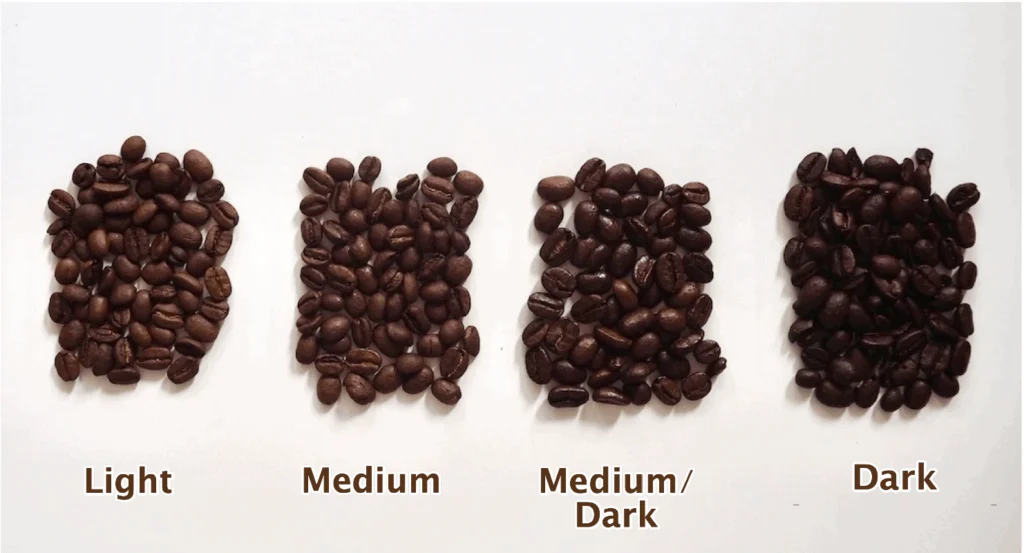
Single-Origin Roast Profiles
Roasted lighter to preserve origin-specific clarity. Requires precision roasting to avoid sour or flat flavors in espresso.
Blend Roast Profiles
Typically medium to dark to boost solubility, body, and roast-derived notes—ideal for consistent espresso and milk pairing.

Brewing Challenges and Ease of Use
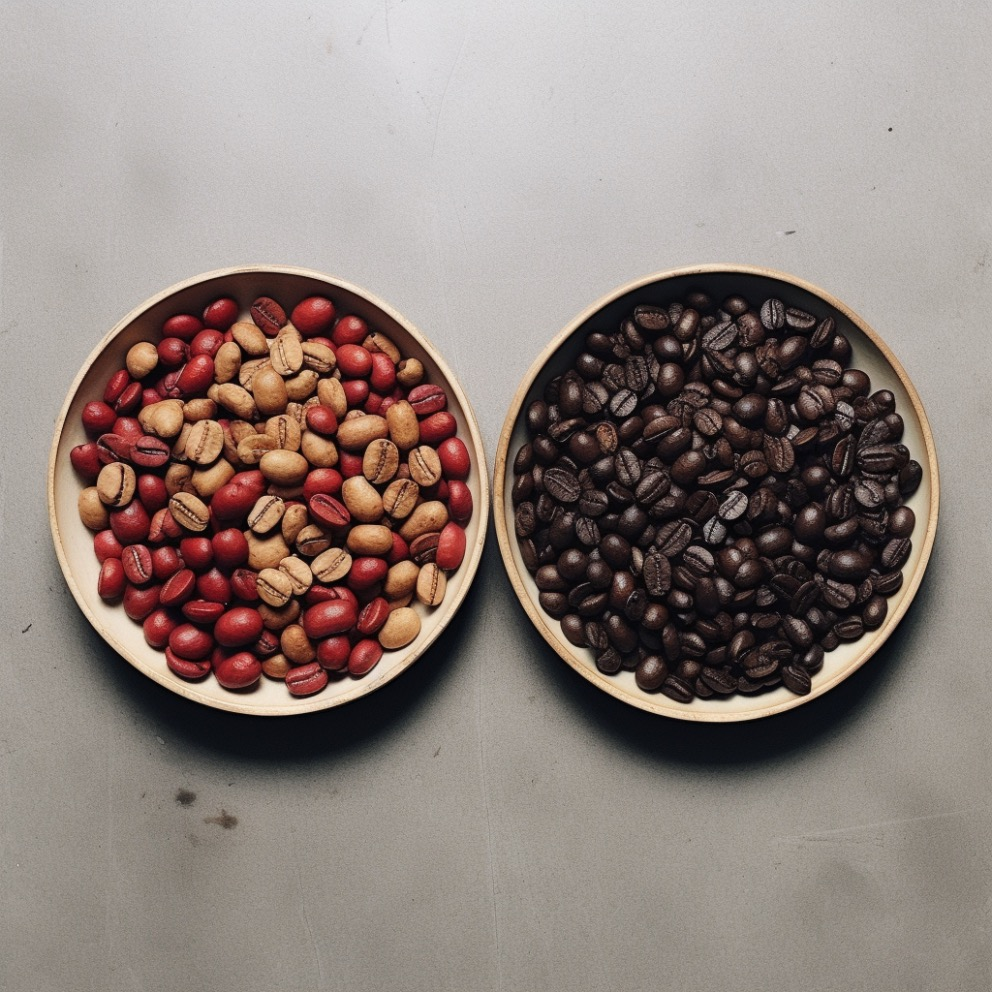
Single-Origin Challenges
- Sensitive to minor changes in grind, temperature, and pressure
- May highlight flaws more dramatically
- Flavors vary between harvests
Blend Advantages
- Forgiving with equipment variability
- Easier to dial in
- More flexible in commercial environments
Who Should Use Single Origins for Espresso?
Best Use Cases
• High-end specialty shops
• Experienced home baristas
• Tasting flights or espresso-focused menus

Flavor-Driven Consumers
Great for those seeking terroir, transparency, and a rotating cast of origin expressions.
Who Should Use Blends for Espresso?

Best Use Cases
- Busy cafés needing fast consistency
- Baristas focused on milk-based drinks
- Coffee shops with diverse customer preferences

Seasonal Rotation and Consistency
Stability in Blends
Roasters often change bean components throughout the year to preserve flavor consistency, even as crops change.
Exploration in Single Origins
Rotate seasonally to explore what’s fresh from around the world—great for education and customer engagement.
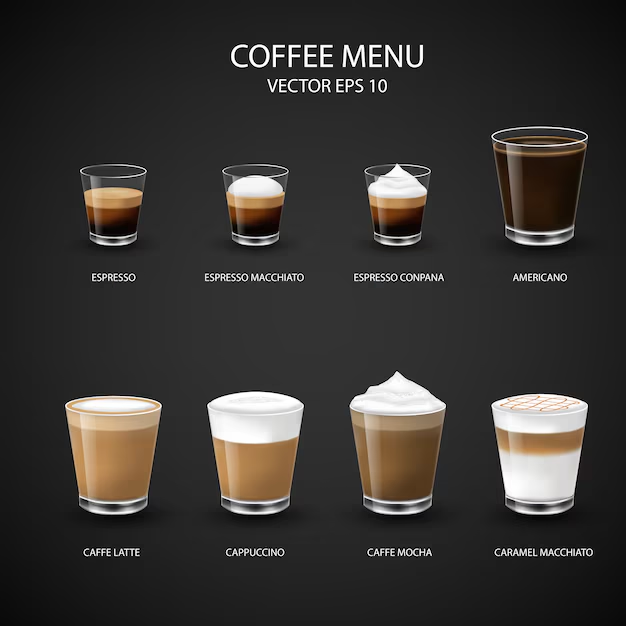
Budget Consideration
| Category | Single Origin | Blend |
|---|---|---|
| Price | Approximately $18–$30 per pound | Approximately $15–$22 per pound |
| Availability | Limited or seasonal | Always stocked |
| Cost per shot | Higher | More economical |
Quick Recap
- Single Origin Espresso = bold, unique, sometimes wild — perfect for taste explorers and purists.
- Blend Espresso = smooth, balanced, consistent — ideal for daily use, milk drinks, and beginners.
Both have a place. The real win is learning to appreciate what each brings to your espresso game. Try both. Taste everything. Keep what you love.
Final Thoughts
There’s no universal “best” choice. The better option depends on:
- Your skill level
- Your brewing goals
- Whether you prefer consistency or exploration
- If you’re brewing straight shots or milk-based drinks

Try both. Learn their strengths. And above all—brew with purpose.
Written by Jose Luis Surjan
Espresso & Latin Food Expert

